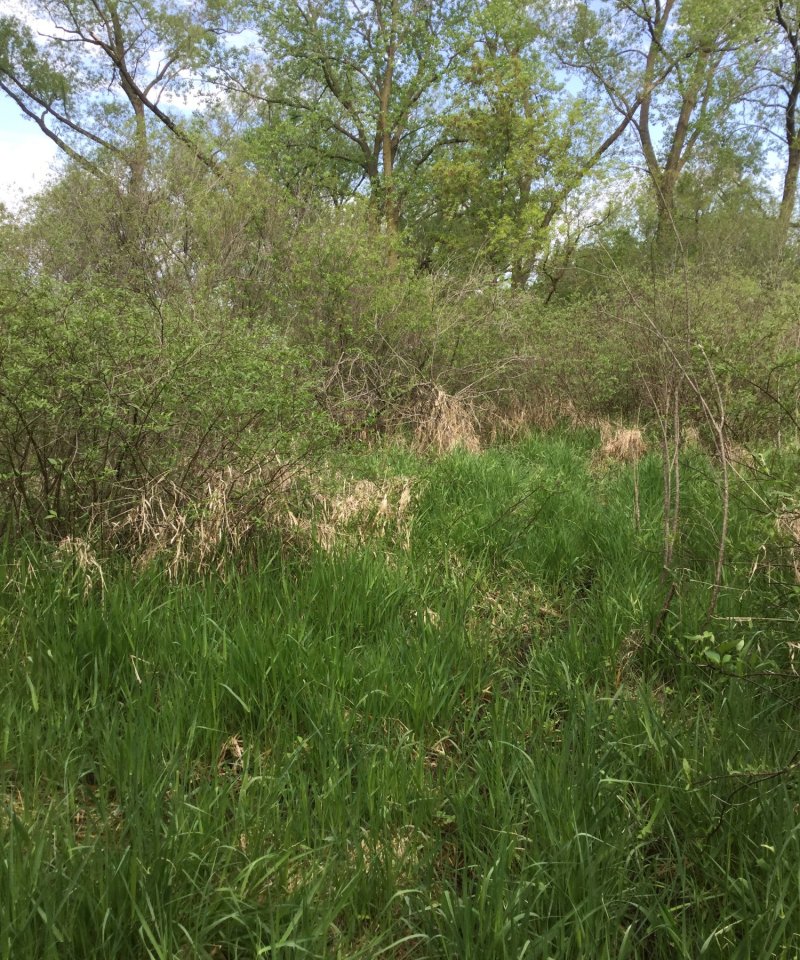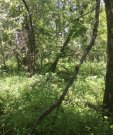Wet Floodplain
Circle-spoke model
Scenario model
Current ecosystem state
Select a state
Management practices/drivers
Select a transition or restoration pathway
-
No transition or restoration pathway between the selected states has been described
Target ecosystem state
Select a state
State 1
Reference State



Description
Reference State is a continuum of hydroperiod influenced vegetation where flooding frequency and duration drive vegetation communities. There are three distinct phases, each being stable within a window of hydroperiod variation. Sites on or near floodplains are most likely to be in phases 1.1 and 1.2 while sites farther from streams are more likely to be in phase 1.3. The higher the frequency and more prolonged the wetness the more likely the site will be a northern wet meadow 1.1 (dominantly sedges with sporadic willows and steeplebush). As wetness frequency and duration decreases the site will become a northern shrub thicket 1.2 and speckled alder (and tag alder) will appear and begin to dominate the vegetation. If a site has very low frequency flooding/ponding that is of short duration a Black ash/Silver maple forest will likely form 1.3. This forested state can be described by the Kotar Wetland Forest Habitat Types Fraxinus nigra-Acer rubrum-Impatiens-Ilex [FnArI-Ix].
Submodel
Model keys
Briefcase
Add ecological sites and Major Land Resource Areas to your briefcase by clicking on the briefcase (![]() ) icon wherever it occurs. Drag and drop items to reorder. Cookies are used to store briefcase items between browsing sessions. Because of this, the number of items that can be added to your briefcase is limited, and briefcase items added on one device and browser cannot be accessed from another device or browser. Users who do not wish to place cookies on their devices should not use the briefcase tool. Briefcase cookies serve no other purpose than described here and are deleted whenever browsing history is cleared.
) icon wherever it occurs. Drag and drop items to reorder. Cookies are used to store briefcase items between browsing sessions. Because of this, the number of items that can be added to your briefcase is limited, and briefcase items added on one device and browser cannot be accessed from another device or browser. Users who do not wish to place cookies on their devices should not use the briefcase tool. Briefcase cookies serve no other purpose than described here and are deleted whenever browsing history is cleared.
Ecological sites
Major Land Resource Areas
The Ecosystem Dynamics Interpretive Tool is an information system framework developed by the USDA-ARS Jornada Experimental Range, USDA Natural Resources Conservation Service, and New Mexico State University.
